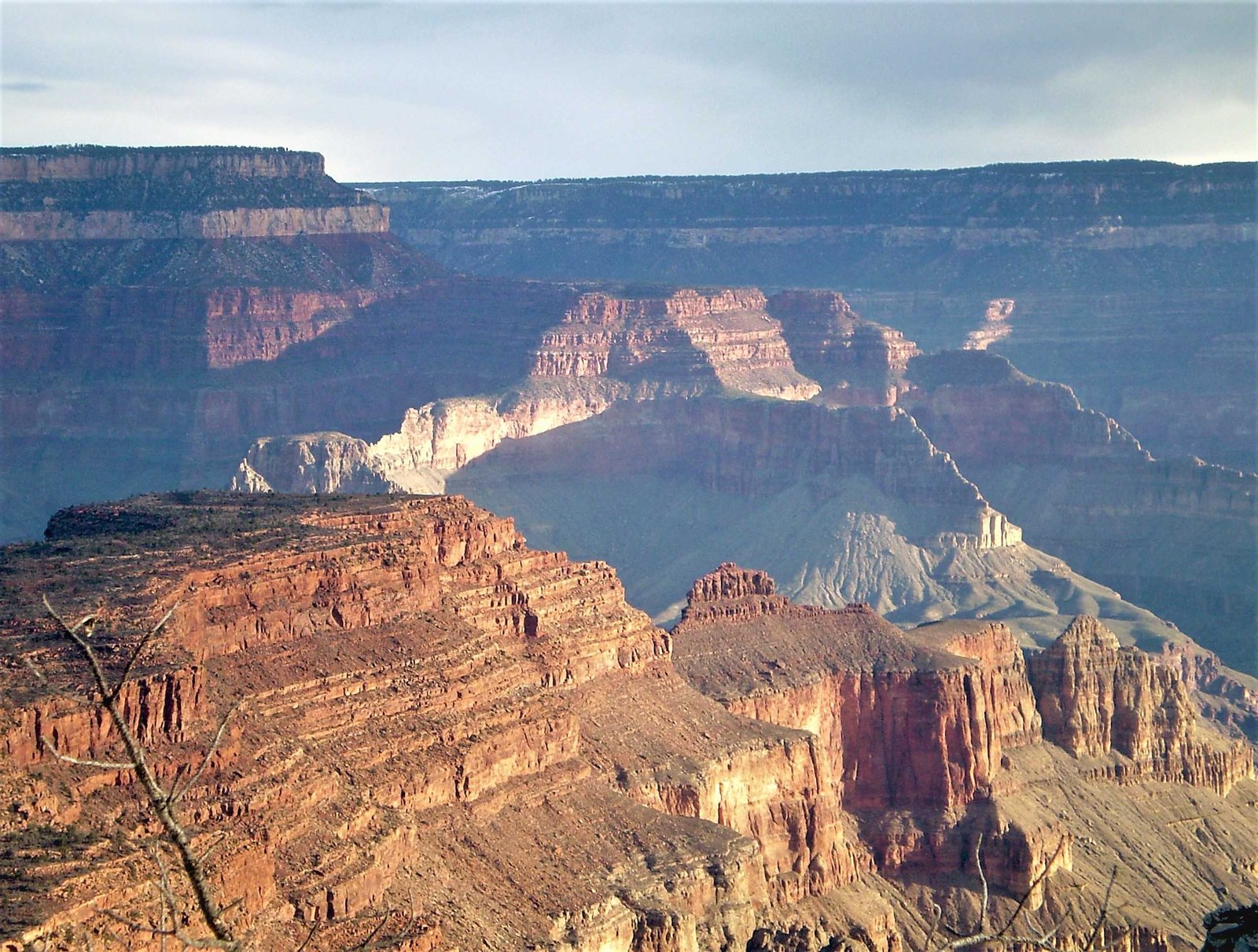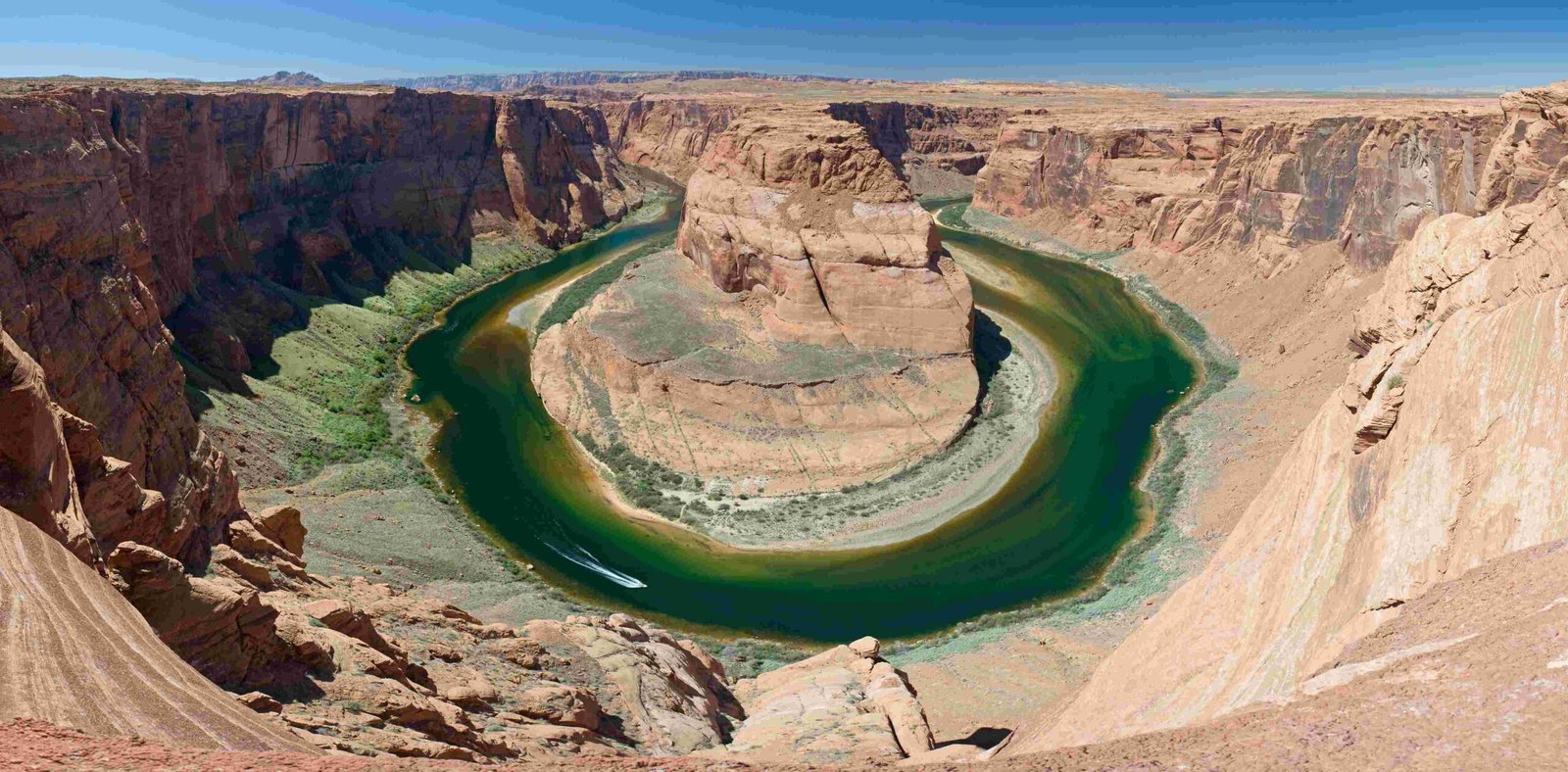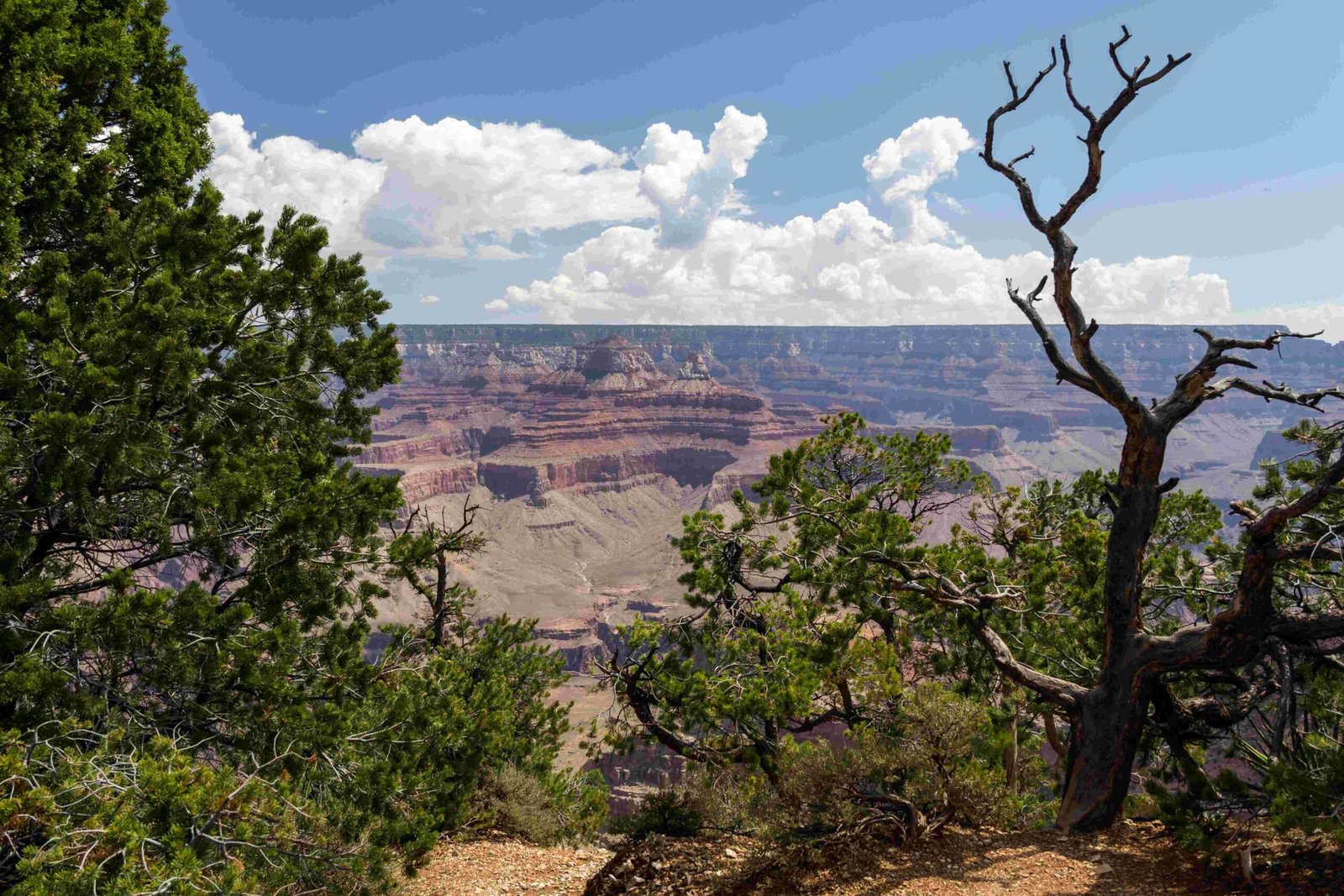The Grand Canyon represents a remarkable geological narrative spanning billions of years, where complex interactions between water, tectonic forces, and erosional mechanisms meticulously sculpted one of Earth’s most extraordinary landscapes. Over approximately 5-6 million years, the Colorado River has been the primary architect, cutting through ancient rock layers and revealing a stunning geological timeline that showcases the planet’s dynamic transformation through multiple geological epochs.
How Did Water Shape the Grand Canyon?

What Role Does the Colorado River Play?
The Colorado River serves as the primary erosional agent in the Grand Canyon’s formation. Its remarkable journey involves:
- Continuous downcutting through rock layers
- Carrying sedimentary materials that act like natural sandpaper
- Maintaining a consistent flow rate that gradually deepens the canyon
River Erosion Mechanics
| Erosion Factor | Impact Level | Duration |
|---|---|---|
| Water Flow | High | Continuous |
| Sediment Abrasion | Moderate | Long-term |
| Channel Gradient | Significant | Millions of Years |
How Do Additional Water Processes Contribute?
Water-based erosional mechanisms extend beyond the river’s direct impact:
- Rainfall Runoff
- Flash floods carve narrow side canyons
- Intermittent but powerful erosional events
-
Contributes to overall landscape modification
-
Freeze-Thaw Weathering
- Water penetrates rock fractures
- Freezes and expands, breaking rock structures
- Accelerates mechanical weathering processes
What Tectonic Processes Influenced Formation?

How Did Plate Movements Impact the Canyon?
Tectonic activities played a crucial role in the Grand Canyon’s geological evolution:
- Laramide Orogeny: Uplifted the Colorado Plateau by approximately 2 miles
- Continental Drift: Created foundational geological structures
- Fault Line Movements: Generated vertical displacement of rock layers
What Are the Primary Rock Layers?
The Grand Canyon’s geological record includes:
- Precambrian Rocks (1.75 billion years old)
- Paleozoic Era Sedimentary Layers
- Mesozoic and Cenozoic Remnant Formations
What Geological Forces Contributed to Erosion?
How Does Wind Impact Canyon Formation?
Wind erosion, though less significant, contributes by:
– Removing softer sedimentary materials
– Creating unique rock formations
– Transporting lightweight particles
What Makes the Erosion Process Unique?
The Grand Canyon’s erosion is distinctive due to:
– Arid regional climate
– Steep topographical variations
– Complex rock layer compositions
Scientific Insights and Research
What Do Geologists Understand?
Geologists have identified that the Grand Canyon’s formation involves:
– Multilayered geological processes
– Continuous environmental interactions
– Complex erosional mechanisms
Visitor Exploration Opportunities
How Can Visitors Learn About Geological Processes?
Recommended exploration methods:
– Ranger-led geological programs
– Guided hiking tours
– Educational visitor center exhibits
Conclusion
The Grand Canyon represents a living geological museum, showcasing billions of years of Earth’s transformative processes through its intricate rock layers and dramatic landscape.

